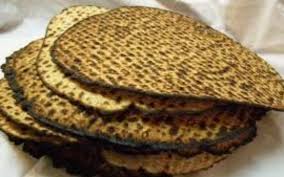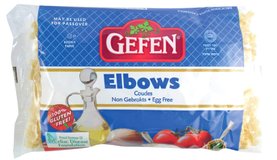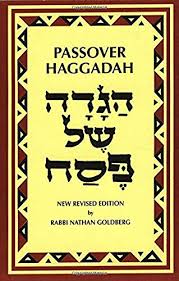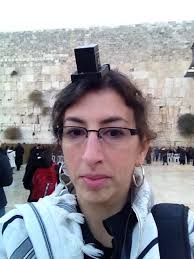Each year Jewish people from around the globe gather to celebrate Passover. As millions of people spend eight days eating unleavened bread, or Matzah, others might be confused as to what the festival even is. What is Passover truly about? Why do Jewish people celebrate it? And why has it become the quintessential Jewish celebration? These are all questions that may arise when talking about the holiday, and the answers are fascinating to say the least.
Passover is the Jewish festival celebrating the Jewish people’s liberation from slavery in ancient Egypt. According to the Torah, which is the Jewish bible, after Jacob and his twelve sons came down to Egypt in search of food, they were forced into slavery by Pharaoh. After 200 years of slavery, Moses, the Jewish leader, commanded Pharaoh to let the Jewish people out of Egypt. Pharaoh was extremely stubborn however, and refused to let the Jewish people leave. According to the Torah, Moses brought down 10 plagues upon the Egyptians, including turning the Nile River into blood, the pestilence of livestock, and the death of all firstborn children. After these plagues, Pharaoh finally allowed the Jewish people to leave. As the Jewish people prepared to finally leave the bonds of servitude, there was a feeling of fear amongst them that Pharaoh might change his mind and keep the Jewish people enslaved. This caused them to rush out of Egypt with great haste. However, since they worked so fast to flee their captors, their bread had no time to properly rise. They had to bake the bread when it was completely unleavened, which led to a hard, crunchy, flat-bread. This bread is called Matzah, and is referred to as “the poor man’s bread,” because the Jewish people were enslaved when they made it, and its only components are flour and water.

A plate of Matzahs, “The Poor Man’s Bread.”
As has been tradition in the Jewish faith for centuries, each year Jewish people from all across the globe celebrate their freedom from servitude, and these celebrations can differ wildly, but they are interconnected through a common theme, freedom. “Zman Cherutainu,” or “the time of freedom,” is how the Jewish people refer to Passover in their prayer books. And on the first two of the eight nights of Passover, the Jewish people celebrate that freedom in the form of a Seder (an event which includes telling the Exodus story, eating the festival meal, and a whole host of other activities). Perhaps no event is more quintessentially Jewish than a Passover Seder. Even the most unaffiliated Jews, who don’t even go to synagogue on Yom Kippur, the holiest day on the Jewish calendar, celebrate a Passover Seder. It is the one time of year that every Jewish person comes together to celebrate their heritage and culture.

A Passover Seder at the White House
Although some people celebrate the Seder in a cultural sense, there is a scriptural mandate for one to have a Seder, and many Jewish people view the Seder as a religious event. The Torah mandates two specific acts must be performed on the Seder night. The first is the telling of the story of the Exodus to one’s children, and the second is to eat Matzah (Simmons, 2003). However, the Seder isn’t that simple. Seders generally begin after sunset and can go until long after midnight due to several different procedures that must be performed. These include a whole range of activities, from eating the bitter herbs (Maror in Hebrew), to drinking four cups of wine (or grape juice if one prefers), to the songs of praise that are sung to God, and top that all off with an entire festive meal and the story of the Exodus. With all of these events occurring in one night, it becomes easy to see why Seders can take such a long time to complete.

The bitter herbs of Passover, Maror, are generally made of ground horseradish.
In addition to the Seder night celebrations, there are also certain restrictions that Jewish law lays out for Passover. Perhaps the most important law is the restriction against eating any leavened food, or Chametz, on Passover. This restriction is an extremely serious one, so religious Jewish people are extra careful not to eat Chametz. But, what exactly is Chametz? And what makes a food Chametz? Simply put, Chametz is any food made out of wheat, barley, rye, oats, or spelt, that has been mixed with water and allowed to ferment (Shurpin). Chametz includes virtually all breads, pastas, cakes, and cookies, made from the five grains listed above. The laws of Chametz can be quite boring and technical, but there are a few interesting things regarding Chametz, especially the commercialization of non-Chametz food on Passover. We will get into this topic soon, and discuss how the holiday of Passover is observed by different groups of Jewish people, as well as how it has become commercialized.





